
Do you have a question about the Fronius 63A-1 and is the answer not in the manual?
| Brand | Fronius |
|---|---|
| Model | 63A-1 |
| Category | Measuring Instruments |
| Language | English |
Explains the meaning of DANGER, WARNING, CAUTION, and NOTE symbols used in the manual.
Outlines general safety principles, qualified personnel requirements, and operating responsibilities.
Details environmental conditions for operation and requirements for qualified service personnel.
Covers copyright ownership and user responsibility for data protection settings.
Explains the Fronius Smart Meter's function in optimizing self-consumption and monitoring power.
Describes technical markings and safety symbols on the device warning of hazards.
Discusses the two possible locations for installing the Fronius Smart Meter in the system.
Provides a step-by-step checklist for the proper installation of the Fronius Smart Meter.
Covers mounting the meter on a DIN rail and requirements for protective circuits.
Instructions and warnings for connecting mains voltage inputs, including wire specifications.
Details connecting the data communication cable to the Fronius SnapInverter.
Explains symbols related to Modbus RTU slaves, meters, and inverters with terminating resistors.
Illustrates different options for using terminating resistors in Modbus systems.
Defines primary meter, secondary meter, producer meter, slaves, loads, and resistors in a Modbus system.
Discusses connecting up to 4 Modbus participants to the SnapInverter Modbus terminal.
Provides a graphic overview of the Smart Meter's menu structure for user information.
Important notes for trained personnel regarding meter settings and service password for SnapInverter.
Steps for establishing a connection to the Fronius Datamanager via Wi-Fi or LAN.
Instructions for configuring the Fronius Smart Meter as the primary meter via Datamanager.
Important notes for technicians regarding device configuration and technician password for GEN24.
Details the process of installing and configuring the inverter using a web browser (WLAN/Ethernet).
Lists detailed input voltage, current, frequency, and output pulse specifications.
Provides specifications for RS485 communication, including standard, protocol, and addressing.
Covers insulation requirements, electromagnetic compatibility, and operating/storage conditions.
Details housing specifications and wiring instructions for screw terminals.
Information on how to obtain country-specific warranty terms for the product.

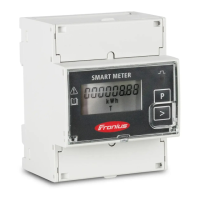
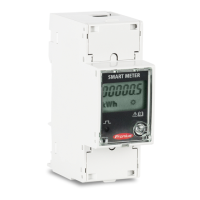
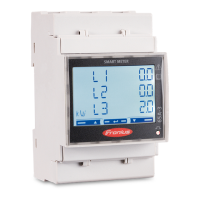
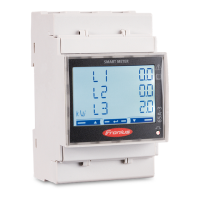
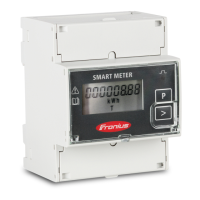
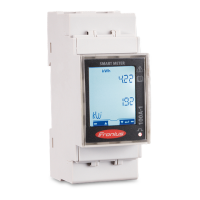
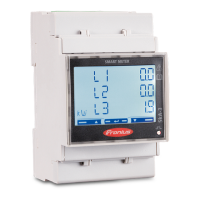
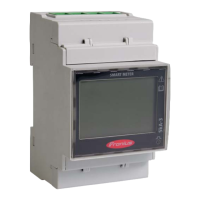
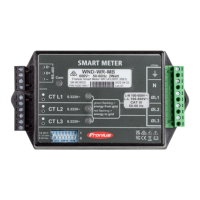
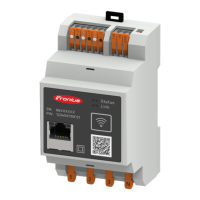
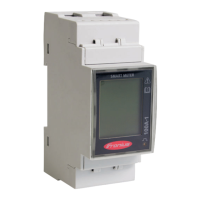
